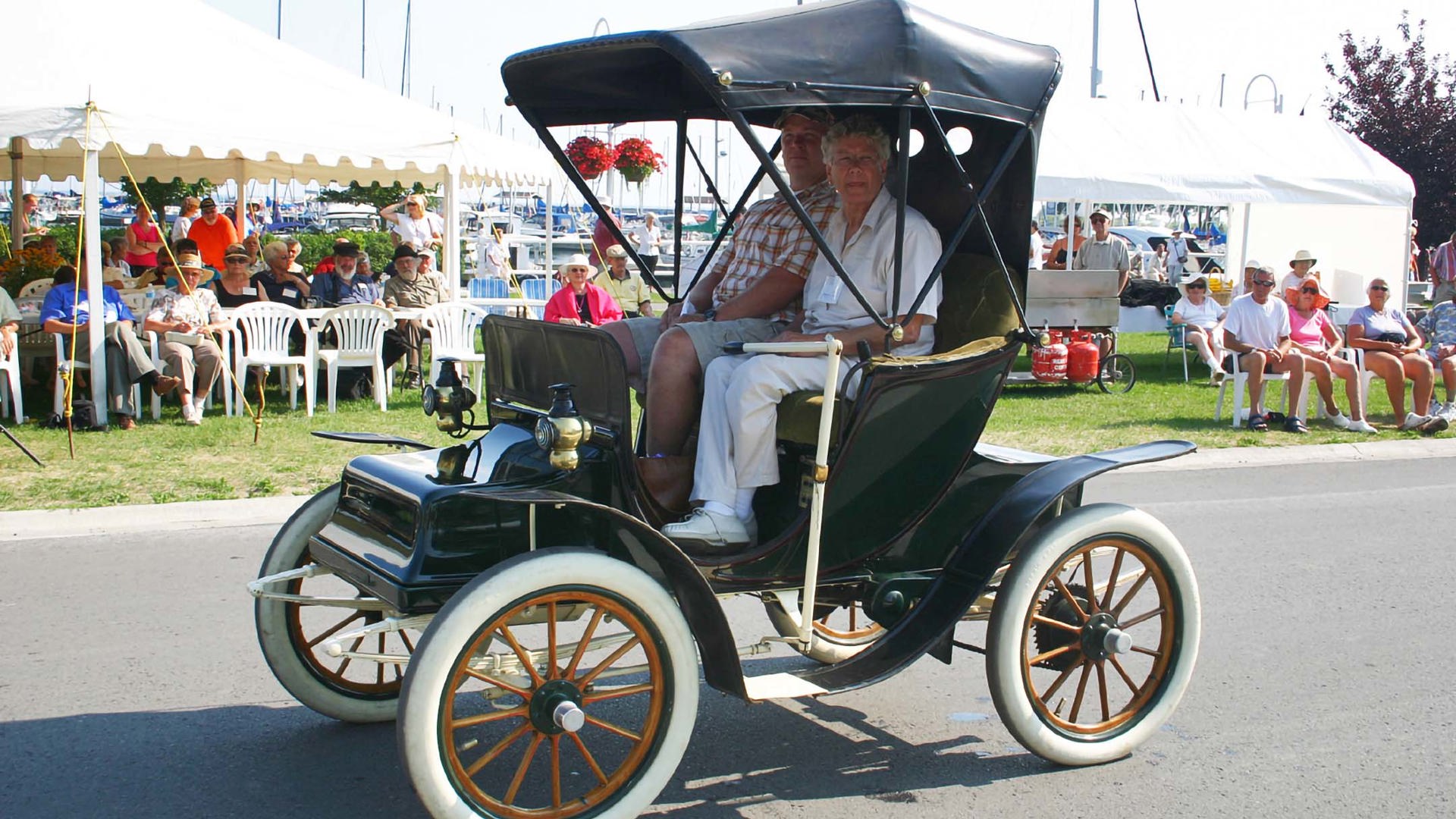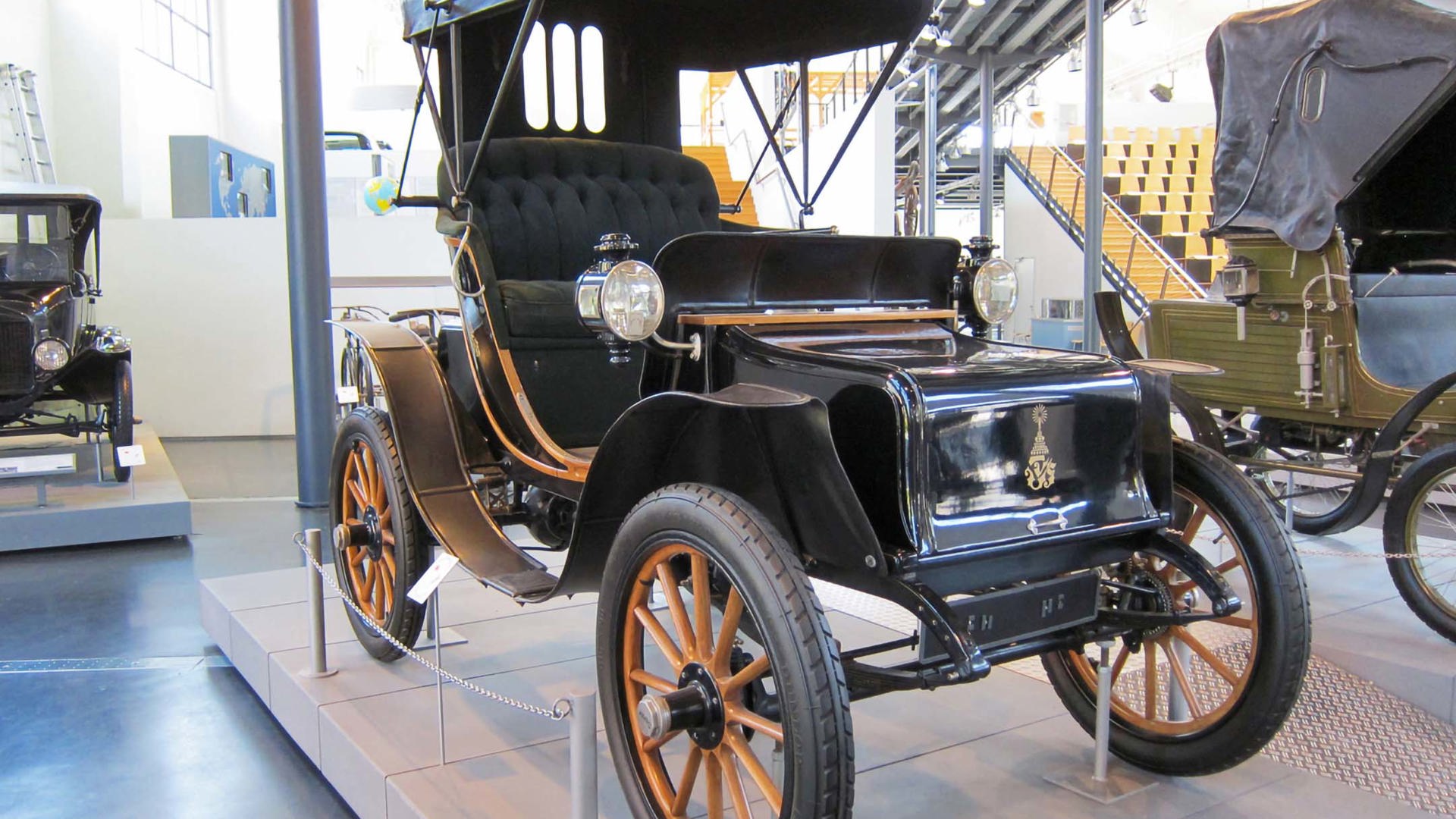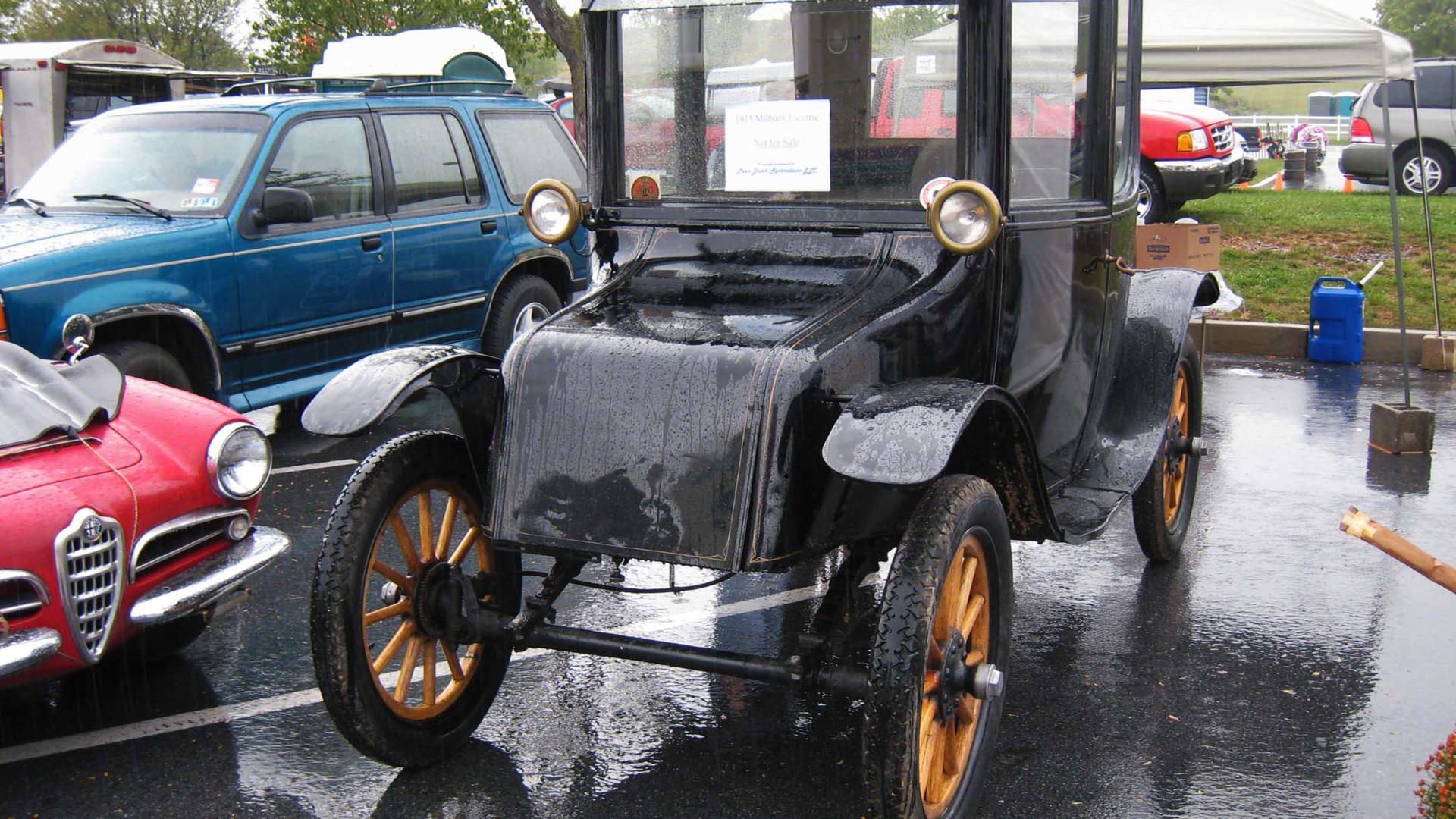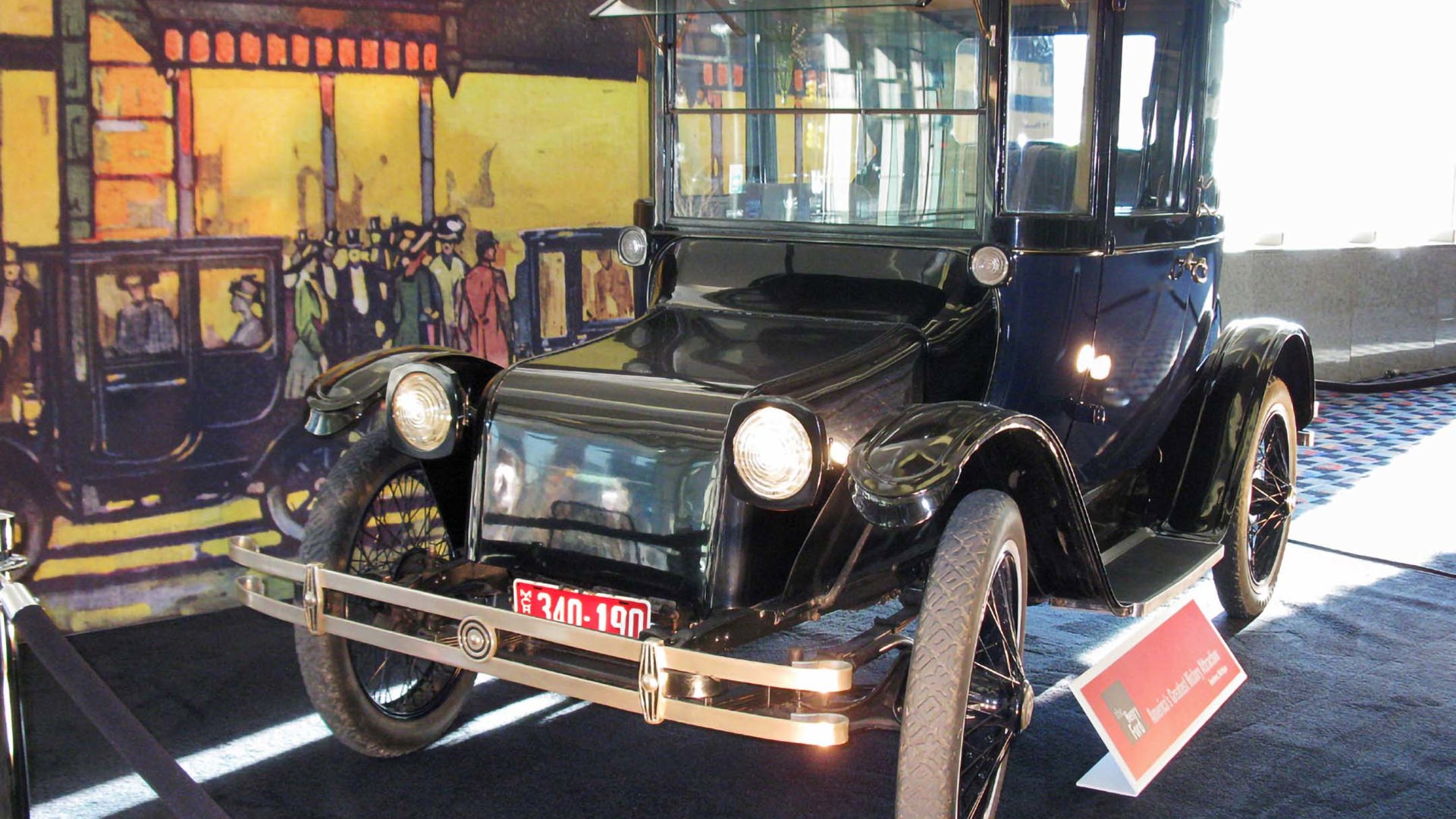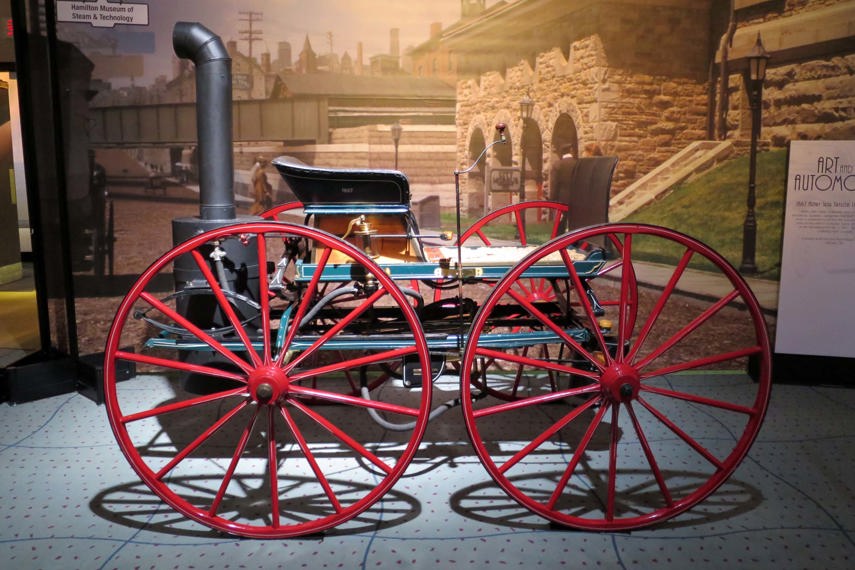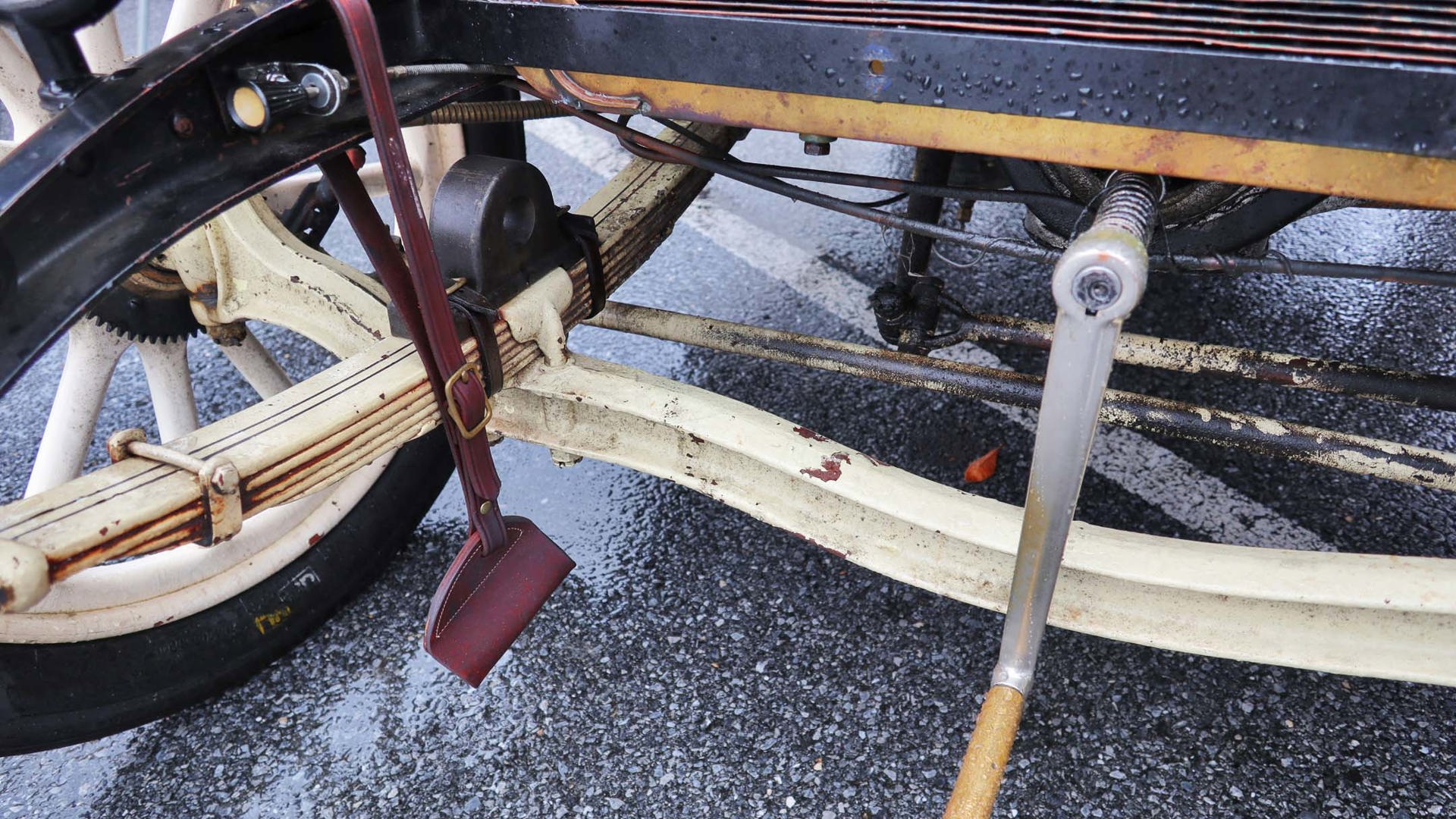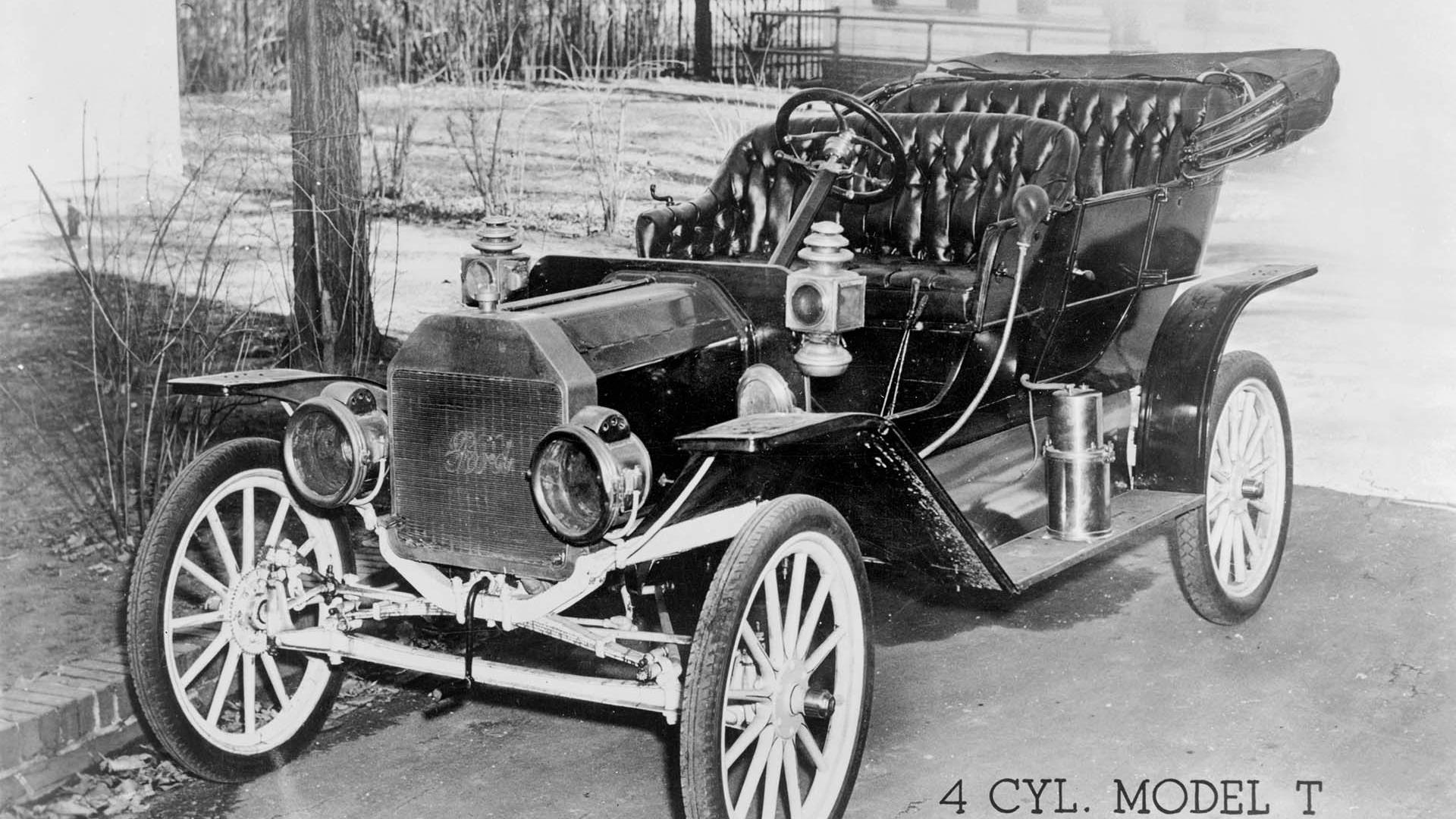In today’s market, electric cars make up only a tiny section of overall vehicle sales. And yet that wasn’t the case when the automobile was new: in 1900, the best-selling car in the United States was powered by batteries.
So just what knocked electrics off their lofty perch? The improvement that finally put gasoline engines ahead of them can be traced directly to, of all things, a broken jaw – and, of course, more on that later.
Historians generally credit Germany’s Karl Benz with creating the first viable gasoline-powered automobile in 1885. In Massachusetts, brothers Charles and Frank Duryea, working from what they’d read about Benz’s buggy, made a prototype of their own in 1892. Three years later, they formed the first American company that built and sold cars.
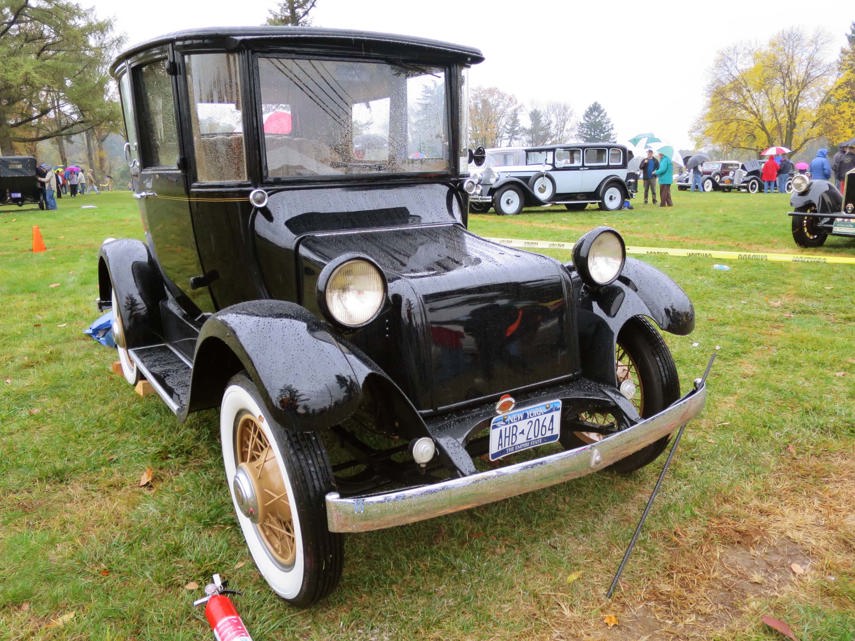
Suddenly, a flood of inventors wanted in on the action. In 1896, Charles King of Detroit put an engine in a carriage and became the first to drive an automobile in that city. Three months later Henry Ford also drove on a Detroit street, in a rudimentary car he’d put together in his home workshop.
Those early cars were noisy and unreliable, but many saw a potential benefit in them: they believed a world of gasoline motorcars would be a world free of pollution. Horses dumped manure, and in major cities full of horse-drawn vehicles, the streets were paved with excrement. These new gasoline automobiles would keep the roads pristine.
Gasoline, the Alternative Fuel
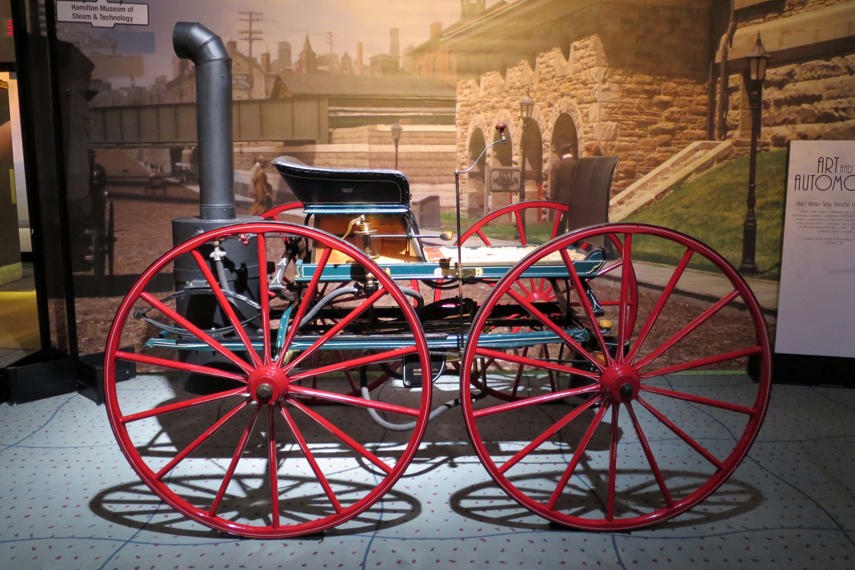
But while many automakers chose gasoline, it wasn’t yet the established norm. Some companies went with steam, which was already proven in locomotives. Various inventors had tried using electric motors to power carriages since at least the 1830s, and several automakers now worked on that. At the New York Auto Show of 1902, the displays included 58 steam-powered vehicles, 58 gasoline ones, and 23 electrics.
Most steam-car companies didn’t last long. These engines were very powerful, but they were complex and expensive, there was a steep learning curve to operate them, and you had to wait for the water to boil before you could drive away.
The biggest issue with electric cars was the same as today: range. They mostly used lead-acid or alkaline batteries, and many would only run for about an hour on a charge, at top speeds of around 12 to 25 km/h.
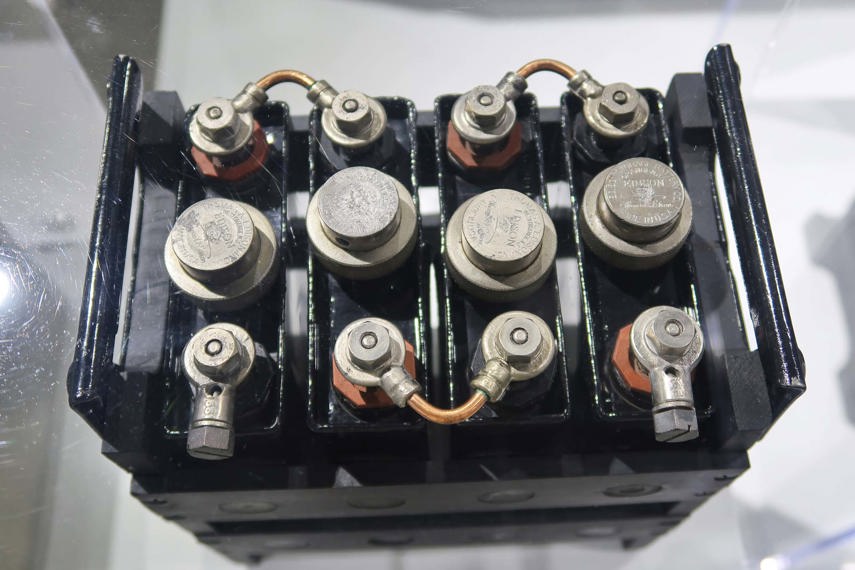
Several American manufacturers made electrics, including Columbia, Baker, Detroit Electric, Pope-Waverley, Babcock, and Rauch & Lang. Studebaker, which would go on to considerable success with gasoline cars, was initially electric-only.
Canada’s first was a horse-style buggy with electric motor, commissioned by Toronto attorney Frederick Fetherstonhaugh in 1893. Five years later, Toronto’s Canadian Motor Syndicate used its basic design for the battery-powered cars it offered for sale. Other Canadian electric brands included Canada Cycle & Motor (which eventually morphed into bicycle manufacturer CCM), Ivanhoe, Peck, and Tate. Even McLaughlin, which would become General Motors of Canada, briefly offered an electric car that was a Rauch & Lang with McLaughlin-built body.
Range Anxiety and Push-button Start

Just like today, electric-vehicle owners bought chargers to install at home. Several private companies set up public charging stations, often called “electric stables”. Depending on the type of station and how much of a hurry you were in, you could either plug in and wait, or swap your depleted batteries for fully-charged ones.
So why bother with charging and limited range, when you could buy a car that was just “gas-and-go”? For many drivers, it came down to the crank.
Internal-combustion engines start when the crankshaft begins to spin, moving the pistons so they draw in air and fuel. That initial spin is done by an electric starter motor today, but at the time, such a luxury didn’t exist. Instead, the driver had to set the throttle and spark timing, insert a handle into the front of the engine, and turn the crankshaft by hand.
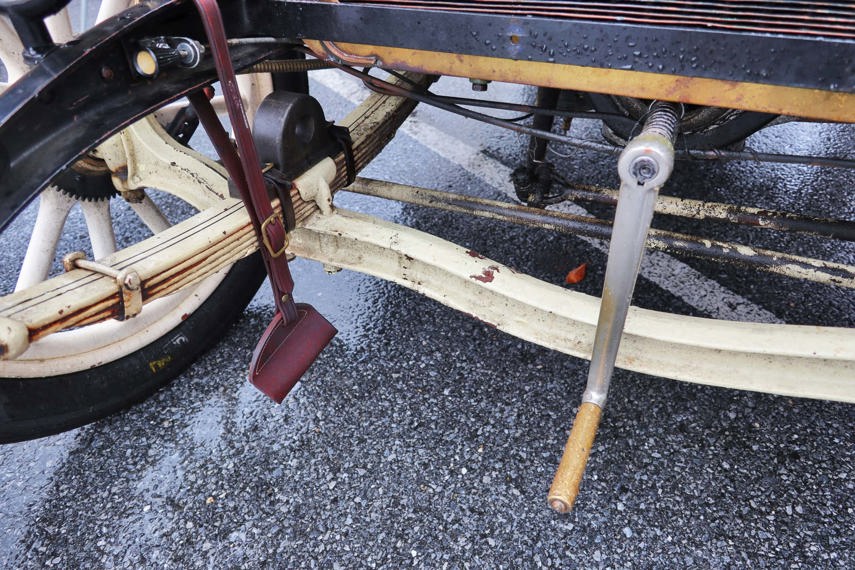
Cranking a car could be both difficult and dangerous. If everything wasn’t set properly and the engine backfired, the crank would spin, which could break your arm. Many automakers were working on self-starters, trying everything from springs to compressed air, but nobody could get it quite right.
By contrast, you started electric cars by pressing a button. That made them popular with motorists who didn’t want to crank their cars, especially women. Even Henry Ford’s wife drove one – a Detroit Electric, since her husband’s company only made gasoline cars.
Electric Cars Eliminated… by the Electric Starter Motor

But Ford would strike the first blow at electrics with the 1908 introduction of his Model T, which he was able to price so far below his competitors that at the height of its popularity, half the cars in the world were Model Ts. By comparison, electrics were too expensive for many buyers.
And then there was that broken jaw. Henry Leland, the founder of Cadillac, was a close friend of Byron Carter, who owned the Michigan-based Cartercar Company. One day, Carter came across a woman whose Cadillac had stalled. He cranked it for her, but the handle spun and broke his jaw. Infection set in and Carter died shortly afterward. Grief-stricken, Leland was determined that his company would offer a solution.
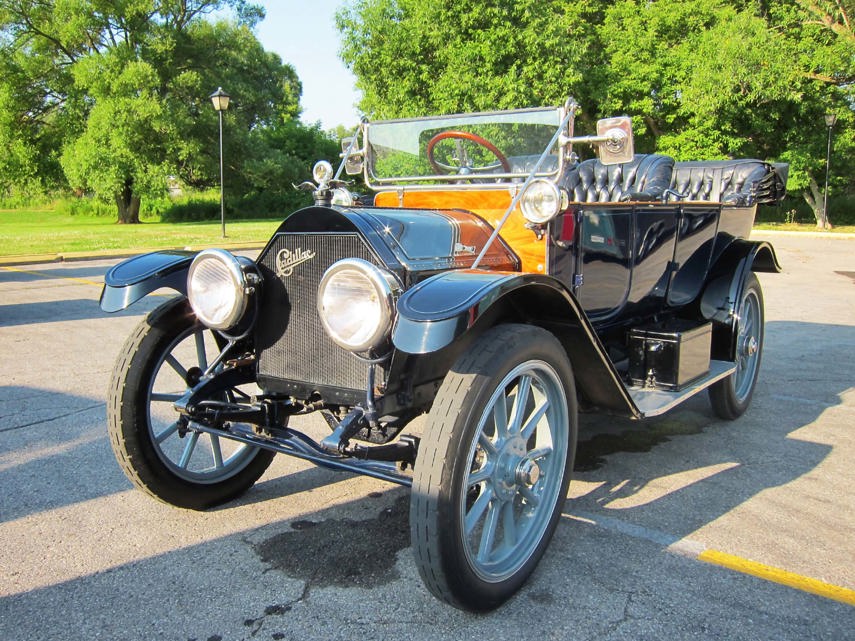
It came through Charles Kettering, a brilliant engineer who had co-founded the Dayton Engineering Laboratories Company – Delco, which would later become part of General Motors. Kettering had worked at National Cash Register, where he’d invented a small electric motor to eliminate the hand crank on cash machines. That was the basic design behind the electric starter he developed and licensed to Leland.
The 1912 Cadillac debuted with the self-starter, and by 1920, virtually every car on the market could start itself. Without their exclusive advantage of crank-free operation, electrics began to fade. In 1924, for the first time, the New York Auto Show contained nothing but gasoline vehicles, without any battery power in sight. A few start-ups would try over the years, but they were plagued by antiquated battery technology. It would be many decades before vehicles like the Nissan Leaf and Tesla Model S would make electric cars into viable options for everyday drivers again.


